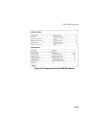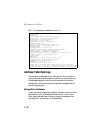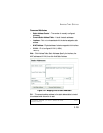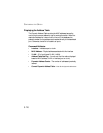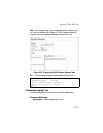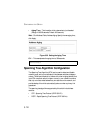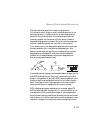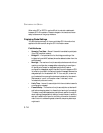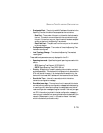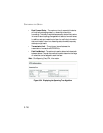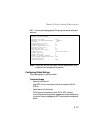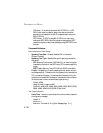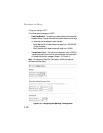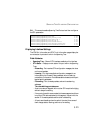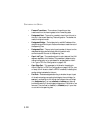
S
PANNING
T
REE
A
LGORITHM
C
ONFIGURATION
3-115
• Designated Root – The priority and MAC address of the device in the
Spanning Tree that this switch has accepted as the root device.
- Root Port – The number of the port on this switch that is closest to
the root. This switch communicates with the root device through
this port. If there is no root port, then this switch has been accepted
as the root device of the Spanning Tree network.
- Root Path Cost – The path cost from the root port on this switch
to the root device.
• Configuration Changes – The number of times the Spanning Tree
has been reconfigured.
• Last Topology Change – Time since the Spanning Tree was last
reconfigured.
These additional parameters are only displayed for the CLI:
• Spanning tree mode – Specifies the type of spanning tree used on this
switch:
- STP: Spanning Tree Protocol (IEEE 802.1D)
- RSTP: Rapid Spanning Tree (IEEE 802.1w)
•Priority – Bridge priority is used in selecting the root device, root port,
and designated port. The device with the highest priority becomes the
STA root device. However, if all devices have the same priority, the
device with the lowest MAC address will then become the root device.
• Root Hello Time – Interval (in seconds) at which this device
transmits a configuration message.
• Root Maximum Age – The maximum time (in seconds) this device
can wait without receiving a configuration message before attempting
to reconfigure. All device ports (except for designated ports) should
receive configuration messages at regular intervals. If the root port ages
out STA information (provided in the last configuration message), a
new root port is selected from among the device ports attached to the
network. (References to “ports” in this section means “interfaces,”
which includes both ports and trunks.)



